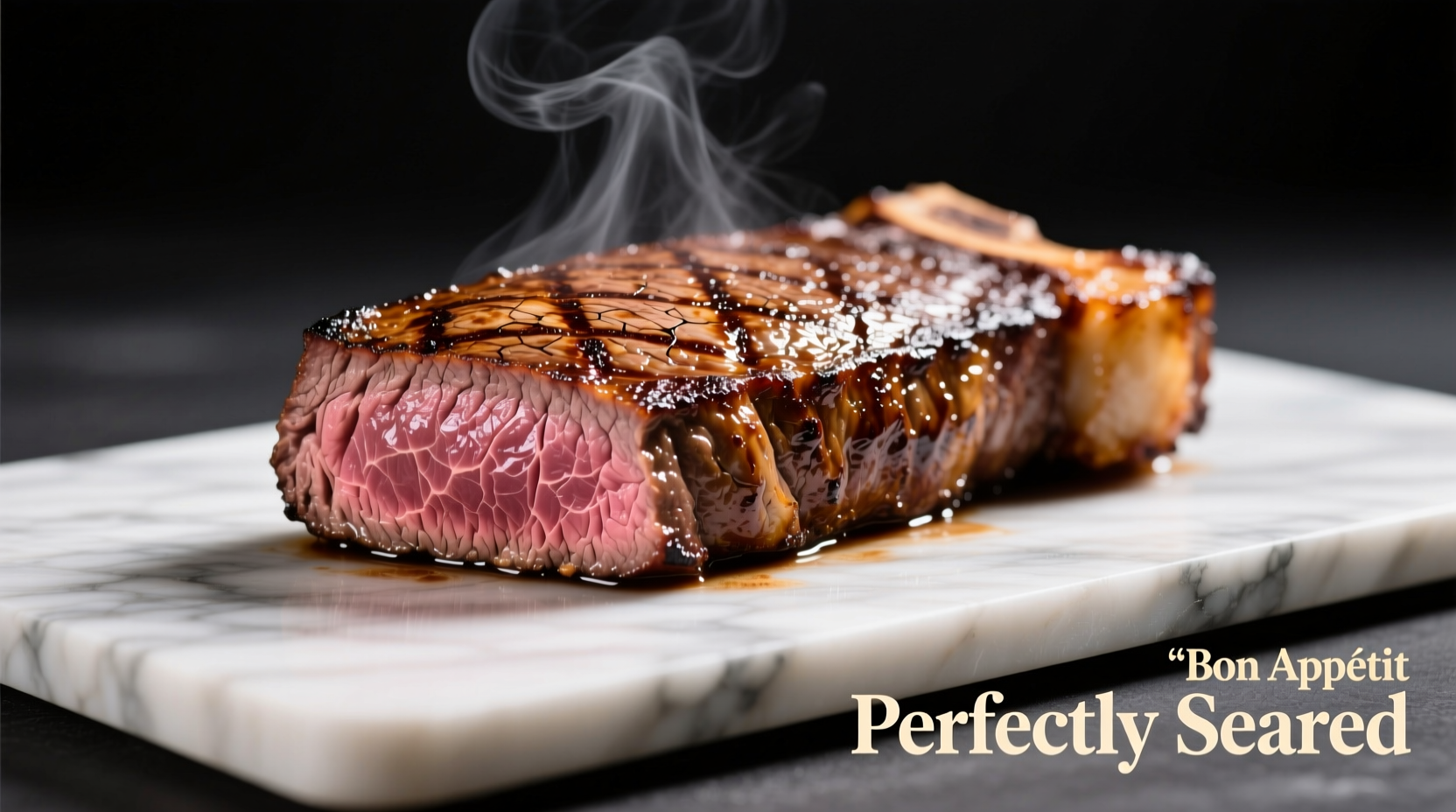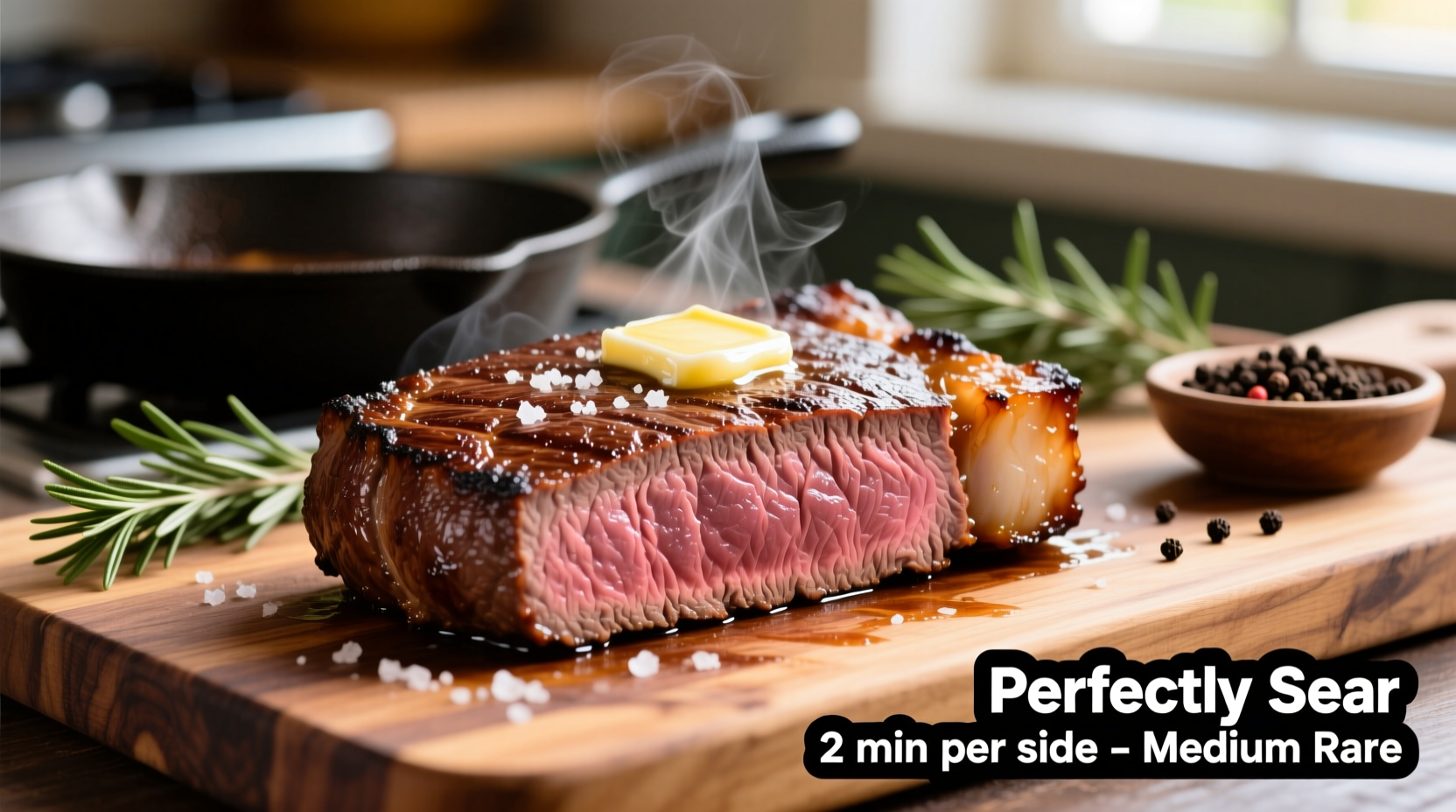Why Tenderloin Deserves Special Attention
Beef tenderloin, also known as filet mignon when cut into steaks, comes from the psoas major muscle along the spine. This least exercised cut explains its exceptional tenderness but also its relatively mild flavor compared to more marbled cuts. Understanding these characteristics is crucial for proper preparation.
| Cut Characteristics | Impact on Cooking | Professional Adjustment |
|---|---|---|
| Low fat content | Prone to drying out | Never cook beyond medium |
| Delicate texture | Easily overcooked | Use precise thermometer readings |
| Mild flavor profile | Needs flavor enhancement | Strategic seasoning and compound butter |
Preparation Essentials for Perfect Results
Professional chefs follow these preparation steps to maximize your tenderloin's potential. Start with a 3-4 pound center-cut tenderloin with even thickness throughout. Trim excess fat and silver skin using a sharp boning knife held at a 30-degree angle against the meat.
Seasoning strategy matters most: Apply kosher salt (1 teaspoon per pound) at least 45 minutes before cooking. This allows time for the salt to penetrate while drawing out minimal moisture. For best results, season 24 hours in advance and refrigerate uncovered—a technique validated by the USDA Food Safety and Inspection Service for improved texture and flavor development.

Temperature Control: The Critical Success Factor
Temperature accuracy separates good from great tenderloin. The American Meat Science Association confirms that internal temperature variation of just 5°F creates dramatically different results. Use an instant-read thermometer for precision—relying on timing alone leads to inconsistent results.
Follow this temperature guide for perfect doneness:
- Rare: Remove at 120°F (final 125°F after resting)
- Medium-rare (recommended): Remove at 125°F (final 130-135°F)
- Medium: Remove at 135°F (final 140°F)
Never cook tenderloin beyond medium—its low fat content causes rapid moisture loss. The American Meat Science Association emphasizes that protein fibers in lean cuts like tenderloin begin to contract significantly at 140°F, resulting in noticeable toughness.
Step-by-Step Cooking Process
1. Bring to proper starting temperature: Remove tenderloin from refrigerator 45-60 minutes before cooking. Cold meat creates uneven cooking.
2. High-heat sear (critical step): Heat oven-safe skillet over medium-high heat until smoking. Add high smoke-point oil (avocado or grapeseed). Sear all sides for 2-3 minutes until deep golden brown. This Maillard reaction creates complex flavor compounds.
3. Oven finish: Transfer skillet to preheated 425°F oven. Cook until internal temperature reaches 5°F below target doneness (about 15-20 minutes for medium-rare). Insert thermometer horizontally through the thickest part.
4. Rest properly: Transfer to cutting board, tent loosely with foil, and rest for 15 minutes. This allows juices to redistribute—skipping this step causes up to 40% juice loss when slicing, according to culinary research from the James Beard Foundation.
Troubleshooting Common Tenderloin Problems
Problem: Uneven cooking with overdone ends
Solution: Taper the thinner end by folding it under and securing with butcher's twine before cooking. This creates uniform thickness for even heat distribution.
Problem: Lackluster flavor despite proper cooking
Solution: Apply a compound butter after resting. Try this professional blend: 4 tablespoons softened butter mixed with 1 minced garlic clove, 1 teaspoon fresh thyme, and lemon zest. The residual heat melts it into the meat.
Problem: Tough texture despite careful temperature monitoring
Solution: You may have purchased "chuck tender" instead of true tenderloin. Verify with your butcher that you're getting the psoas major muscle from the short loin section.
Serving Like a Professional
Slice against the grain at ½-inch thickness using a sharp carving knife. For elegant presentation, cut at a 45-degree angle. Serve with these classic accompaniments that complement rather than overwhelm the delicate flavor:
- Red wine reduction with shallots
- Roasted root vegetables
- Horseradish cream sauce
For special occasions, consider the traditional Wellington preparation—but master basic roasting first. Remember that tenderloin's delicate nature means less is more with seasoning and sauces.











 浙公网安备
33010002000092号
浙公网安备
33010002000092号 浙B2-20120091-4
浙B2-20120091-4